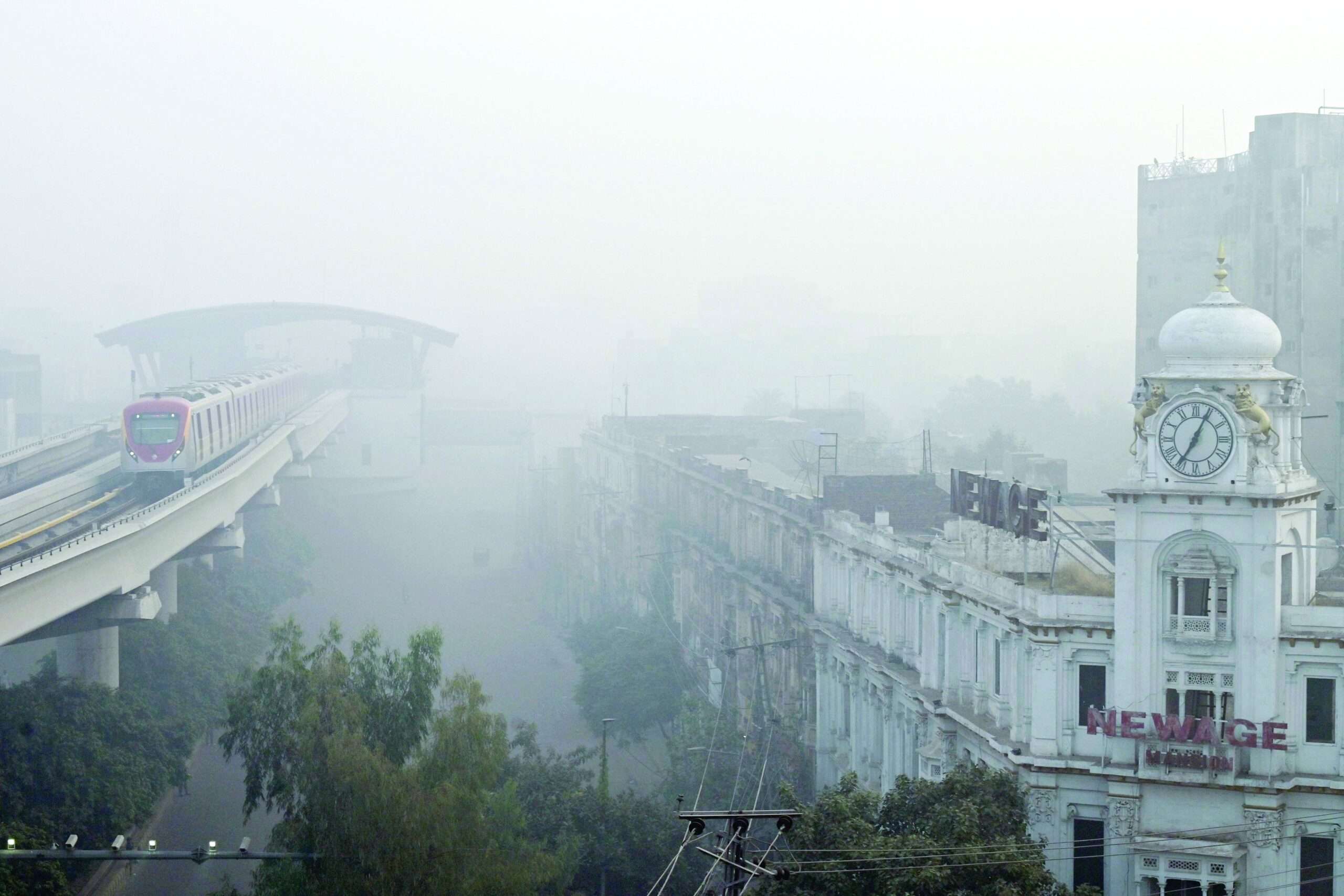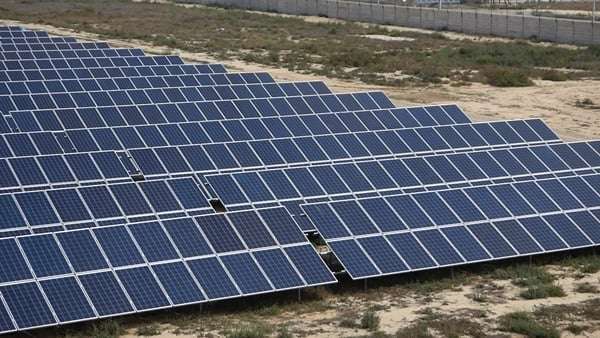Introduction
Lahore, the bustling capital of Punjab province, recently witnessed a slight improvement in its air quality. After weeks of battling thick smog that significantly disrupted daily life and posed severe health risks, the city’s Air Quality Index (AQI) dropped below the “hazardous” category. However, the air quality remains a serious concern, with an AQI of 247, classified as “very unhealthy.”
Lahore’s Battle with Pollution
Current Air Quality Status
On Sunday, Lahore’s AQI showed a minor respite, dropping from the “hazardous” category. Despite this improvement, the air quality remains “very unhealthy.” This change follows a series of stringent measures taken by local authorities to combat the severe smog crisis.
Causes of Smog
Lahore, home to approximately 14 million residents, was ranked as the second most polluted city globally, according to IQAir, a Swiss-based air quality monitoring organization. India’s New Delhi holds the top position with an AQI of 559. The smog crisis in Lahore, which intensifies during winter months, is attributed to several factors:
- Illegal Stubble Burning: Farmers burning crop residue in neighboring regions contribute significantly to the smog.
- Emissions from Low-Grade Diesel Fuel: The widespread use of substandard diesel fuels exacerbates air pollution.
- Trapped Dust: Cold weather conditions trap dust particles in the air, worsening the smog.
Cross-Border Pollution
Authorities have also highlighted the impact of pollution from neighboring India, which contributes to Lahore’s deteriorating air quality.
Measures Taken by Authorities
Health Emergency Declaration
In response to the worsening air quality, local authorities declared a health emergency in Lahore and Multan. This declaration led to several immediate actions:
- School Closures: Educational institutions shifted to online classes to protect children from exposure to polluted air.
- Construction Ban: A 10-day ban on construction activities was imposed in the most affected areas.
- Business Restrictions: Operations of businesses, including restaurants, were limited to takeaway services after 4 pm to reduce pollution.
Public Safety Advisories
Authorities have urged residents to minimize travel, use fog lights, and adhere to speed limits to ensure safety during foggy conditions.
Impact on Transportation
Flight and Train Operations
The dense smog disrupted flight and train operations significantly:
- Over 20 incoming and outgoing flights at Lahore Airport were delayed.
- More than 11 flights scheduled to depart from Lahore faced delays.
- Several inter-city flights were also affected.
Health Crisis Deepens
Rise in Respiratory Issues
The smog has led to a health crisis, with over 75,000 people across Punjab seeking medical help for respiratory problems on a single day. Healthcare monitoring authorities reported:
- Respiratory Diseases: 5,353 cases in Lahore alone.
- Asthma: 359 cases.
- Heart Diseases: 171 cases.
- Stroke: 20 cases.
- Conjunctivitis: 303 cases.
Hospital Emergency Situations
Hospitals in Lahore and other populous cities faced an emergency situation, struggling to accommodate the influx of patients suffering from pollution-related diseases.
FAQs
1. What measures have been taken to improve air quality in Lahore?
Authorities have declared a health emergency, imposed a construction ban, shifted schools to online classes, and restricted business operations to tackle the smog crisis.
2. Why does Lahore experience severe smog during winter?
Lahore’s smog is worsened by illegal stubble burning, emissions from low-grade diesel fuel, and trapped dust due to cold weather conditions.
3. How has the smog affected daily life in Lahore?
The smog has disrupted transportation, delayed flights and trains, and led to a significant rise in health issues such as respiratory diseases and asthma.
4. What is the Air Quality Index (AQI) of Lahore currently?
Lahore’s AQI recently dropped below the “hazardous” category to 247, which is still classified as “very unhealthy.”
5. How can residents protect themselves during smoggy conditions?
Residents are advised to minimize travel, use fog lights, adhere to speed limits, and avoid outdoor activities to reduce exposure to polluted air.
Conclusion
While the recent improvement in Lahore’s air quality offers a glimmer of hope, the city remains in the “very unhealthy” category. Continued efforts and strict measures are essential to combat the ongoing smog crisis and protect the health of Lahore’s residents.



